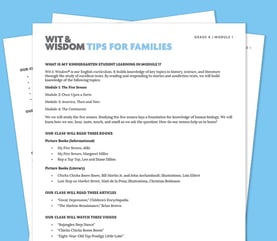 Module-level tip sheets that provide module content, a list of all texts students will read in the module, sample questions to ask, and other activities to extend students' thinking at home.
Module-level tip sheets that provide module content, a list of all texts students will read in the module, sample questions to ask, and other activities to extend students' thinking at home.
Utah School Districts
CURRICULUM OVERVIEW FOR FAMILIES
From Great Minds®, the organization that created Eureka Math®, is a K–8 English language arts curriculum that brings the rich content everyone loves into your child's classroom. We believe that classrooms are places where students and teachers encounter wit, wisdom, wonder, rigor, and knowledge and that literature, history, art, and science all have a place in ELA instruction. Wit & Wisdom® helps your student meet the expectations of the new standards while celebrating the joy of reading and writing.
START HERE
An Introduction to
Wit & Wisdom
Watch this 10-minute introduction to see how Wit & Wisdom:
- Uses a variety of complex texts to build knowledge
- Supports the needs of a variety of learners
- Invites families to engage with the content alongside their student
For families
Para familias
This video provides a brief overview of Wit & Wisdom instruction for districts or schools to share with families and caregivers.
Este video contiene información general sobre Wit & Wisdom para que los distritos o escuelas la compartan con familias o cuidadores.
Building Knowledge of the World
Click the links below to access the available family support resources for Wit & Wisdom.
Building Knowledge
The knowledge focus of the Wit & Wisdom modules provides a great opportunity for engaging families and caregivers in academic content and conversations. Learning from students about the topics in which they have become experts can be a joyful experience for families—and lead to a desire for continued exploration and study.
Wit & Wisdom Module Topics
The modules in each grade focus on a specific topic from the fields of science, social studies, the arts and more, which is essential for building background knowledge and academic vocabulary.
Family Tip Sheets
These handy sheets, created for every K–8 Wit & Wisdom module, provide families with an overview of each module’s topic and a list of books, poems, videos, recordings, and art that students will explore during the module.
*Available in English and Spanish (below) and Chinese (Traditional and Simplified) Thai, Korean, Brazilian Portuguese, Arabic, and Mandarin.
FAMILY TIP SHEET
Use las páginas de consejos de Wit & Wisdom para que los padres y guardianes se involucren en conversaciones en casa ricas en contenido y conocimiento. Las páginas de consejos incluyen un resumen del contenido de los módulos, una lista de todos los textos que los estudiantes leerán en el módulo, una lista de libros adicionales para leer en casa, ejemplos de preguntas para hacer en casa y actividades para extender la reflección y el
CURRICULUM SAMPLES
Experience Wit & Wisdom
Follow the steps below to access the Wit & Wisdom Student view.
- Click here to login to the Student account.
- Use the following credentials to access
- studentdemo55@greatmindsdemo.org
-
GMDemos22! (case sensitive)

The Facts About Wit & Wisdom
It starts with the books. Excellent texts are at the center of Wit & Wisdom. Students build knowledge through carefully curated core texts that
- are rich with content that piques curiosity,
- represent grade-level complexity, and
- showcase a variety of perspectives.
Engage and Motivate All Students
The carefully selected texts allow students to engage in content that provides:
- Windows into different time periods, cultures, and parts of the world that students may otherwise never experience.
- Mirrors for students to see themselves represented so that they can engage with content that they can relate to.
- Sliding glass doors for students to pull back and use their imagination to step into the shoes of characters, as they build perspective and understanding of other citizens of the world.
Fine Art
Students engage with significant works of art, including paintings, illustrations, prints, sculpture, architecture, and photographs, that provide a variety of access points to a topic, so learners at all levels can build strong literary skills.
Introducing
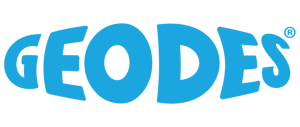
A new approach to early literacy from Great Minds and Wilson Language Training® that allows students to learn how to read while reading to learn.
Great Minds and Wilson Language Training collaborated to create Geodes, a new collection of accessible, knowledge-building books for developing readers.
While most early literacy books are quite basic, Geodes are rich with facts and ideas that spark students’ curiosity about the world around them.
Take a look inside Geodes books and access support resources for Levels K–2 below.
Watch this 1-minute introduction video
Anansi and the Pot of Beans
Words by Rachel Zindler
Pictures by Christopher Cyr
Anansi and the Pot of Beans Book Notes
And The Winner Is...
Words by Tami Charles
Pictures by Eva Sánchez Gómez
And the Winner Is... Book Notes
AT THE CORE OF GEODES
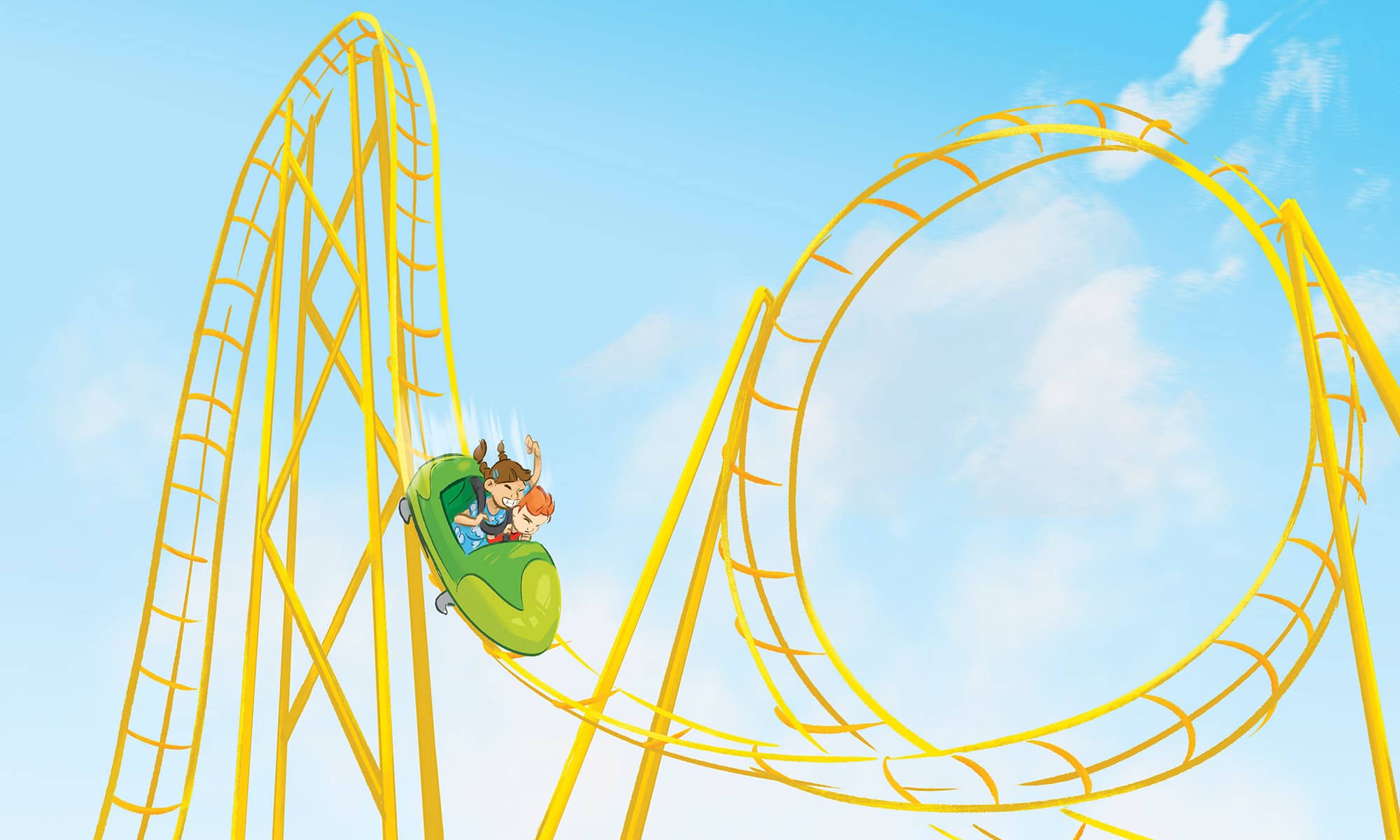
Engaging
Geodes honor students’ natural curiosity by providing authentic reading experiences while the beautiful illustrations and photographs enrich and expand on the text of each book.
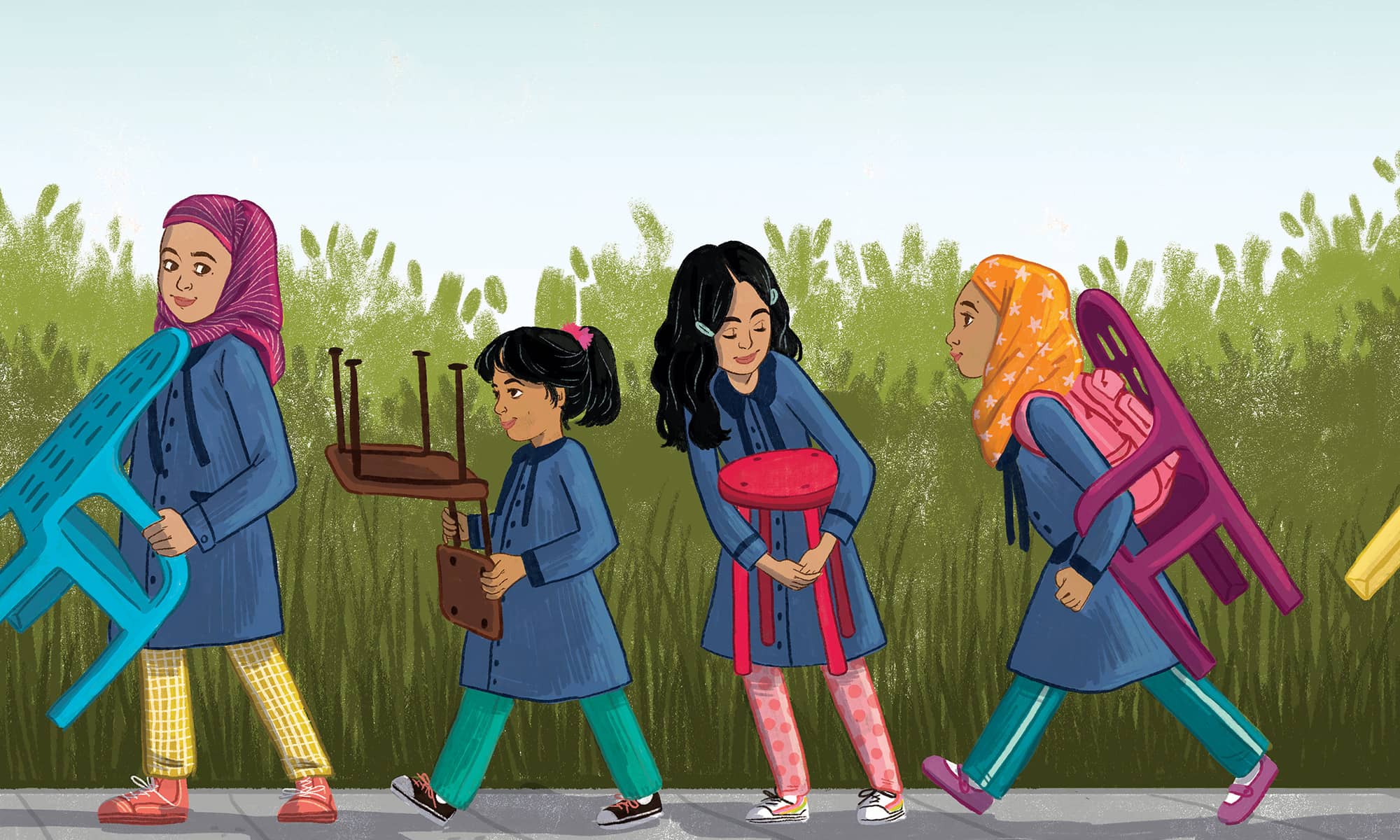
Accessible
All Geodes are at least 80 percent decodable based on the Wilson Fundations® scope and sequence, and they reflect a broad range of identities and experiences, allowing students to see themselves and others in the books, and see worlds both familiar and new.
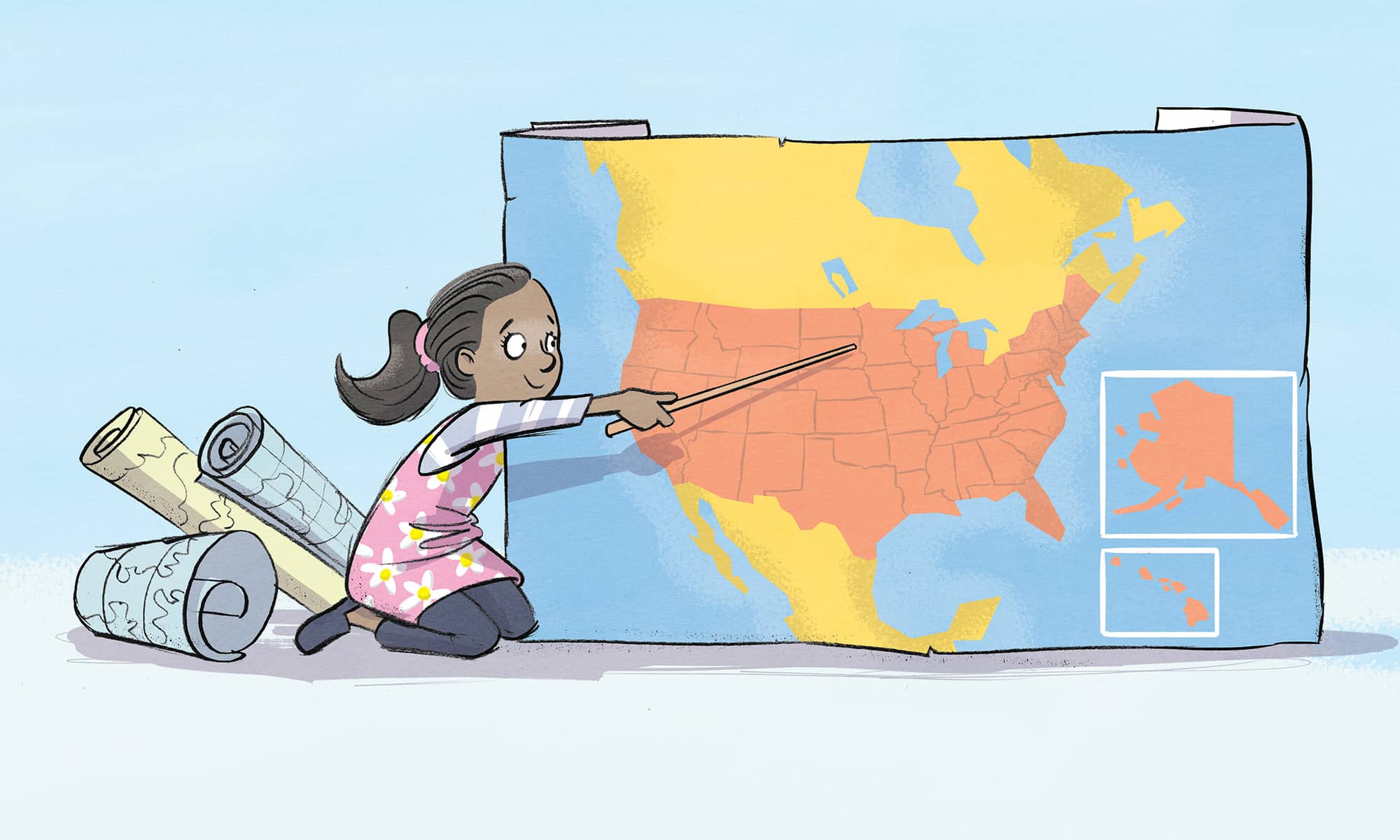
Knowledge-Building
Geodes allow students to experience the joy of building deep knowledge and vocabulary, connecting ideas across texts as they read books on science, history, and the arts.

